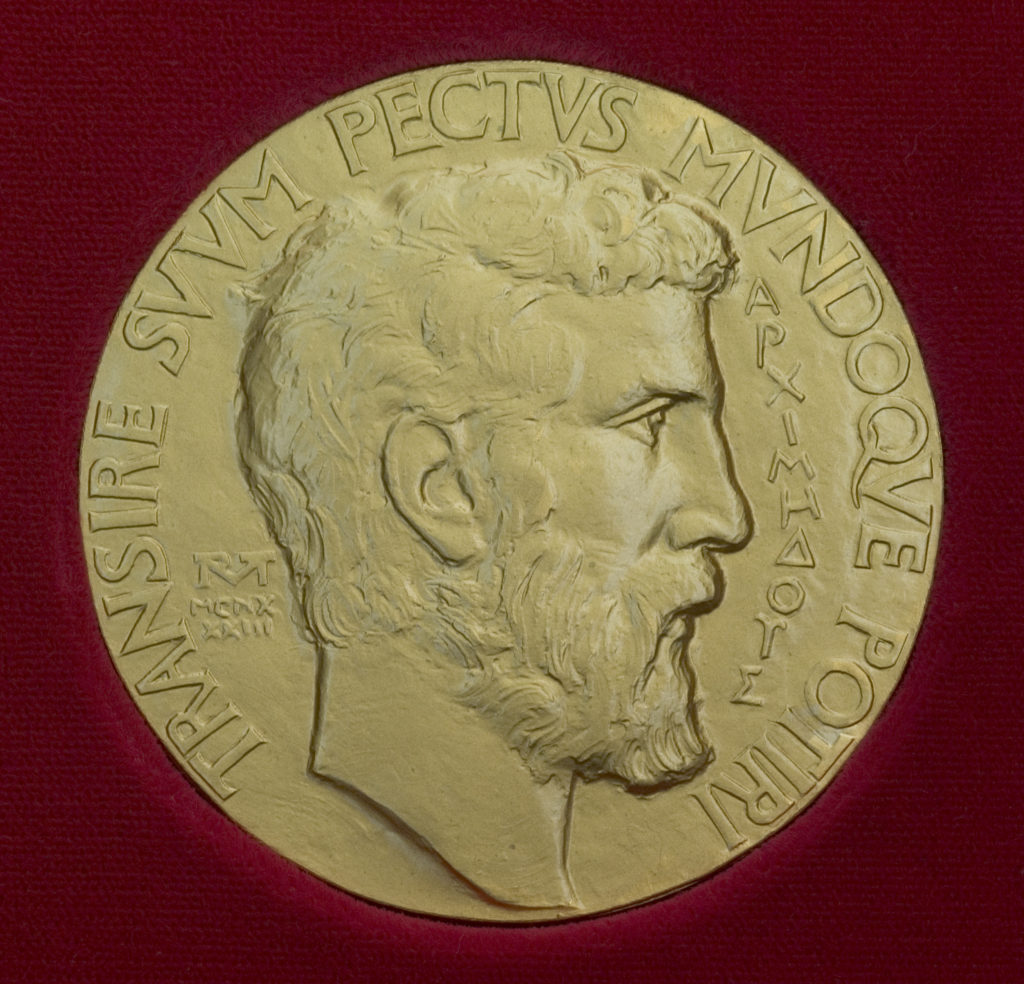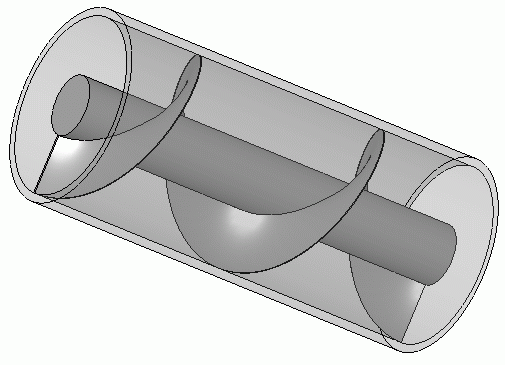
“Noli turbare circulos meos,” are the famous last words of one of the most influential plumbing heroes in all of history. While his hometown in Syracuse, Italy was being invaded, Archimedes was said to have uttered these words just before a Roman soldier took his life.
The Latin phrase, “Noli turbare circulos meos,” means “do not disturb my circles.” Even as his own home was being ransacked by Roman soldiers, he was contemplating mathematical problems, a testament to his dedication to the subject.
The Greek mathematician essentially invented hydrostatics. Aside from solving complex math concepts, engineering pulley systems, and inventing the screw pump, he was the first person in history to accurately approximate a value for pi.
 Archimedes thought up a math problem that wasn’t solved until 1773, three years before the Declaration of Independence. He has become synonymous with the word ”Eureka,” which is now part of California’s state motto. His face is on the front of the Fields Medal, an award given to those of significant achievement in mathematics.
Archimedes thought up a math problem that wasn’t solved until 1773, three years before the Declaration of Independence. He has become synonymous with the word ”Eureka,” which is now part of California’s state motto. His face is on the front of the Fields Medal, an award given to those of significant achievement in mathematics.
Odometer? Archimedes invented it. He paved the way for calculus. The man invented a real-life version of the sci-fi weapon, the infamous heat ray! Despite the popular show Myth Busters “busting” this myth, it was successfully recreated in 1973 – the “attacking” ships combusted into flames within seconds. The apparent difference being that Myth Busters did not account for the flammable tar that was used on ships during the time. If life achievement awards were in existence in 250 B.C. Archimedes could have won 10 of them.
Among his contributions to math and science, nothing is more important to us than his discoveries in hydrodynamics and hydrostatics.
If you know anything about Archimedes at all, then you have to know the bathtub story. Archimedes was taking a bath when he noticed the water level had risen as he submerged himself in the water. The displacement of the water was a means for measuring the volume of an irregularly shaped object.
Upon this revelation, Archimedes exclaimed, “Eureka!” and ran through the streets of Syracuse naked. Only a mathematical genius could pull off a stunt like this and be remembered as a hero.
This concept proved useful to Archimedes when he was approached by a king of Syracuse. The king had a new crown made and doubted the goldsmith who made it used 100% pure gold. Archimedes was asked to determine if there were any impurities, specifically silver, that may have “tainted” the gold crown. Archimedes was able to determine the volume, and thereby the density of the crown without damaging the finally product using his water displacement discovery. The density of the crown materials was then compared to that of gold, which ultimately proved the goldsmith had, in fact, added silver to the crown.
This memorable story of how Archimedes discovered the concept of water displacement led to numerous other discoveries, such as buoyancy. Archimedes’ principle states that an upward force, called the buoyant force, is directly related to mass of the water displaced by an object. This concept is very different from his bathtub discovery, although the two are related.
 Another great plumbing invention that Archimedes gifted us with is the aptly named Archimedes screw pump. Originally built as a manually operated bilge pump for large ships, the screw pump is still used today in various applications for fluids and solids. The screw, which is seated inside a hollow cylinder at an angle, rotates. Utilizing gravity to keep liquids and solids at the lowered side of the cylinder, the materials are elevated as the screw turns.
Another great plumbing invention that Archimedes gifted us with is the aptly named Archimedes screw pump. Originally built as a manually operated bilge pump for large ships, the screw pump is still used today in various applications for fluids and solids. The screw, which is seated inside a hollow cylinder at an angle, rotates. Utilizing gravity to keep liquids and solids at the lowered side of the cylinder, the materials are elevated as the screw turns.
Just as a lumber screw will pull itself inwards, if held stationary it will move materials inward or outward depending on the direction of rotation. This was revolutionary stuff back in these times. (Pun not intended.)
Perhaps his coolest invention was the heat ray, or as some refer to it, the death ray. Archimedes played a major role in fortifying the defenses in Syracuse and his heat ray was one of his inventions to keep the harbor safe.
Mirrors, or polished copper plates, were placed along the shore, directed to a single location in the sea. Much like how a magnifying glass aimed at paper will cause it to burn, these mirrors aimed at a ship could cause it to ignite. This, in conjunction with his “claw” purportedly protected Syracuse from invasion, though the effectiveness of these weapons are disputed.
Archimedes is considered one of the greatest scientists and mathematicians of all time. His contributions to science and math go unappreciated everyday in the world of plumbing and hydraulics. We need to make sure he receives proper credit for his inventions and discoveries. Not only are they some of the most important to society, they were also pretty darned cool.
So the next time you are out on the water, clutching onto a lifejacket for dear life or sitting on the dock bobber fishing with an ice cold beer, always think about our favorite ancient Greek hero, Archimedes.